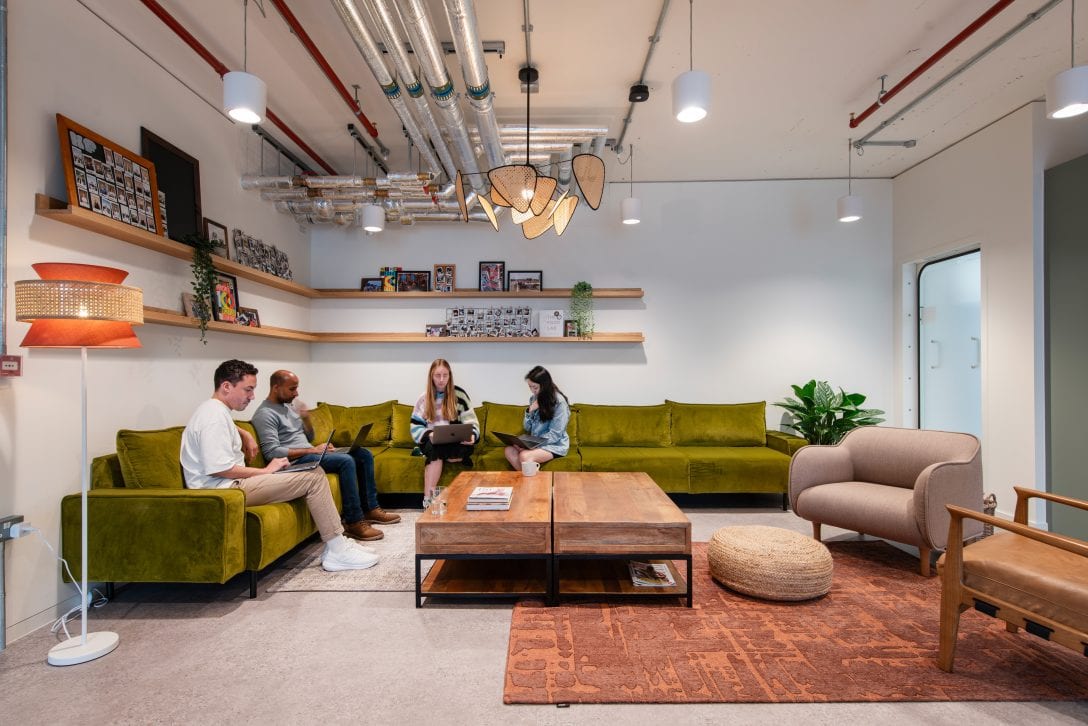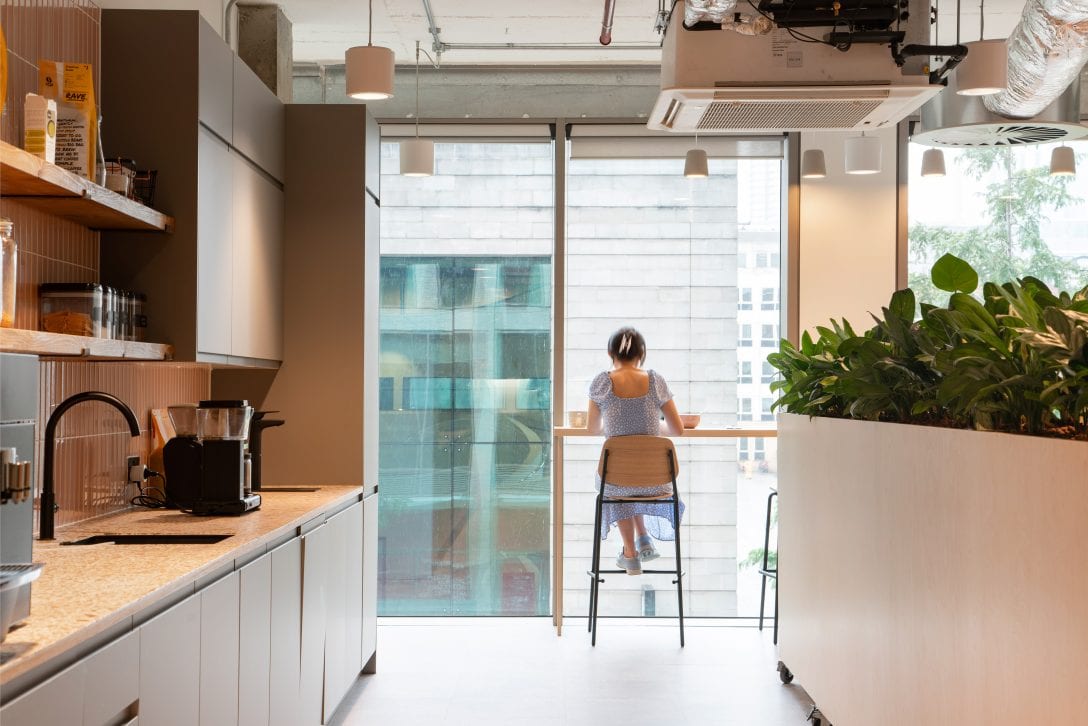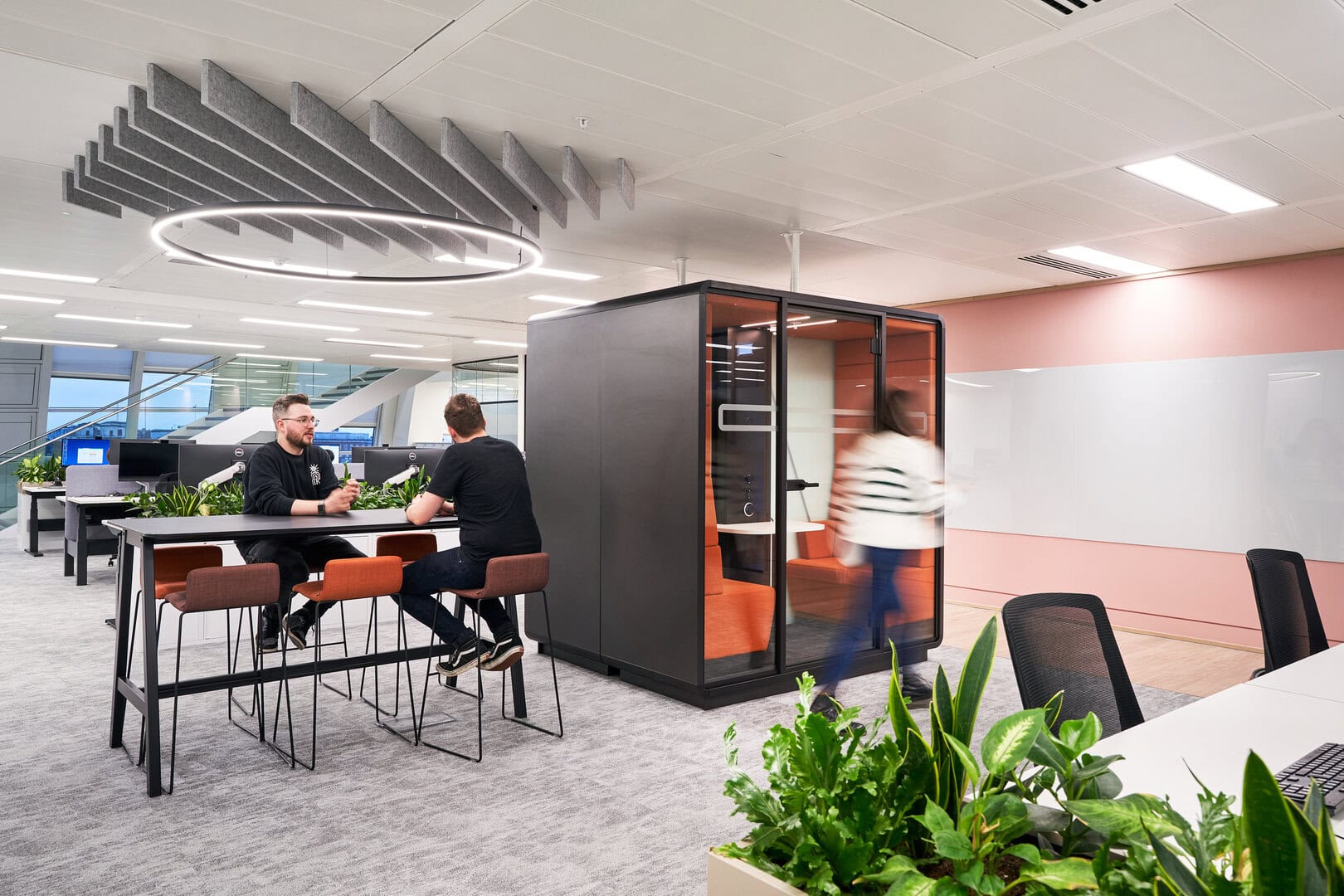Designing the workplace for different personalities
Find out how designing the workplace for different personalities leads to a productive and positive environment for each member of your team.

Working from home has highlighted that not everyone works best under the same circumstances. Remote working has allowed people to adjust their homes to suit their working preference. We must now bring this flexibility and variety back to the office as we return to work. Like a lot of things in life, a workplace isn’t a one size fits all environment. Giving people choice means that one workplace can fulfil a lot of individual needs and can become a place which suits everyone.
Whilst there are many ways to improve the culture and productivity in your workplace, designing with your team in mind is going to be the most effective. Continue reading to find out how you can create a forward-thinking workspace which recognises the value of creating a functional workspace to reflect the needs of all your employees.
Design by job role
Does your workplace provide the most productive space for everyone in your team? Depending on your organisation, most job roles require different workspaces and equipment. Some teams require large spaces for everyone to collaborate whereas other teams may need several smaller spaces to focus. Ensuring your workplace meets the needs of everyone in your team means that it becomes a space in which your workers can be their most productive.
Design by personality
Business leaders are increasingly devoting more time to understanding individual personality types and building teams and processes that suit a wider variety of needs.
Every individual in your workplace has different ideal working environments. Creating an office that works for both introverts and extroverts requires bespoke solutions. More extroverted people generally enjoy being around larger groups and in spaces in which they can converse with their colleagues. For more introverted people, smaller spaces which accommodate smaller groups are more productive environments. The design of your workspace is crucial in not only the productivity of your team but employee satisfaction.
Conducting a workplace strategy study can help you in gathering data to understand the personality make up of your team, which helps in adapting your workplace to different work styles and ensuring your physical office environment works well for varying personalities. Doing so will not only increase the productivity of your workers but will also make them happier and more comfortable at work each day.

Open office spaces vs closed office spaces
Working from home has given everyone an element of privacy at work which they may have never experienced before. Introverted people generally are more sensitive to loud environments so a great way to accommodate for this personality type is with more closed spaces, for example phone booths or small private rooms. Some people prefer to make phone calls in a private setting, and this is particularly pertinent as we return to work post lockdown. Providing these smaller closed style spaces allows for the privacy of remote working to continue in the workplace.
On the other hand, some of your workers may have struggled with the isolation that came from working from home and are eager to be with their team once again. Extroverted people have been proven to be able to focus better in noisy environments and thrive on social interaction. This type of personality needs plenty of break out areas for socialising and shared workstations that enable them to collaborate easily. This will accommodate for those who are most productive around the company of others.
Providing a variety of spaces in your workplace means that your hub becomes an agile one in which all of your team feel comfortable and able to work to their best ability.
High energy zones vs low energy zones
The way in which your workplace is designed sets a certain ambience in the space. The use of colour, biophilia (link to insight), lighting etc can all play a part in setting a mood in the workplace. Some of your workers might thrive in high energy zones, bright, loud and reviving spaces which are often great for boosting morale, brain storming sessions and socialising.
However, some of your team may find this type of environment overwhelming or even too distracting. They may prefer and feel more comfortable in a lower energy zone, one which is tranquil and calm. These zones can work better for focus sessions and when you just prefer to work in a quiet environment.
You can ensure there are areas for all energy levels whilst still embodying your branding. Variety in the workplace will mean that you are pleasing a larger range of people. Whether it’s the slight tweaking of the tones of colours, the size of spaces or acoustic panelling to control noise, you can appeal to the whole of your team whilst still showcasing your brand.
Ensuring your workplace is future-thinking is key to creating an environment in which workers want to return to after the pandemic and this ultimately comes down to providing choice. A flexible workspace which appeals to every personality type is now something that many job seekers see as a benefit in workplaces, making your organisation more attractive to new talent.
If you need help understanding the needs of your workforce and how the design of your workplace is key to making it a productive and positive environment for everyone then get in touch today.


